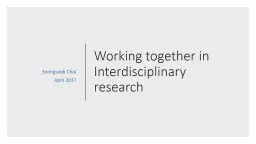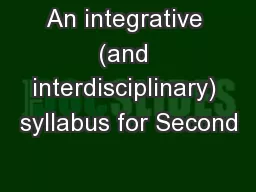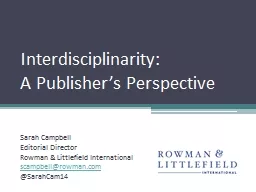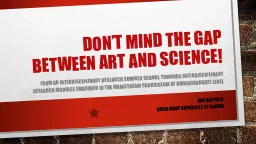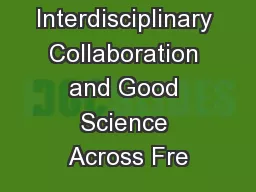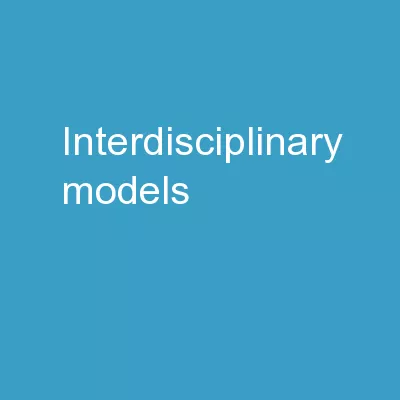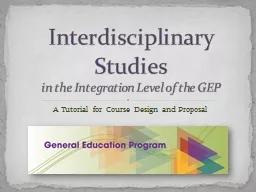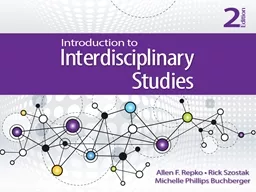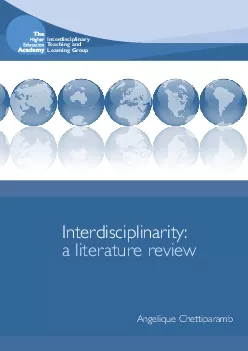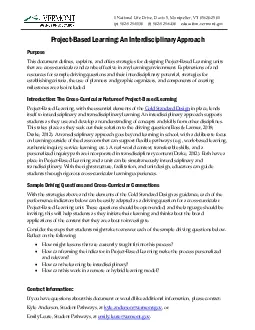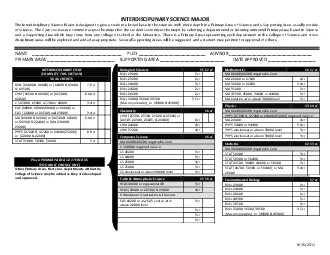PPT-Working together in Interdisciplinary research
Author : olivia-moreira | Published Date : 2017-10-15
Seongsook Choi April 2017 Interdisciplinary collaboration model Amey and Brown 2005 Problems issues challenges Lessons learned Interdisciplinary collaboration model
Presentation Embed Code
Download Presentation
Download Presentation The PPT/PDF document "Working together in Interdisciplinary re..." is the property of its rightful owner. Permission is granted to download and print the materials on this website for personal, non-commercial use only, and to display it on your personal computer provided you do not modify the materials and that you retain all copyright notices contained in the materials. By downloading content from our website, you accept the terms of this agreement.
Working together in Interdisciplinary research: Transcript
Download Rules Of Document
"Working together in Interdisciplinary research"The content belongs to its owner. You may download and print it for personal use, without modification, and keep all copyright notices. By downloading, you agree to these terms.
Related Documents

